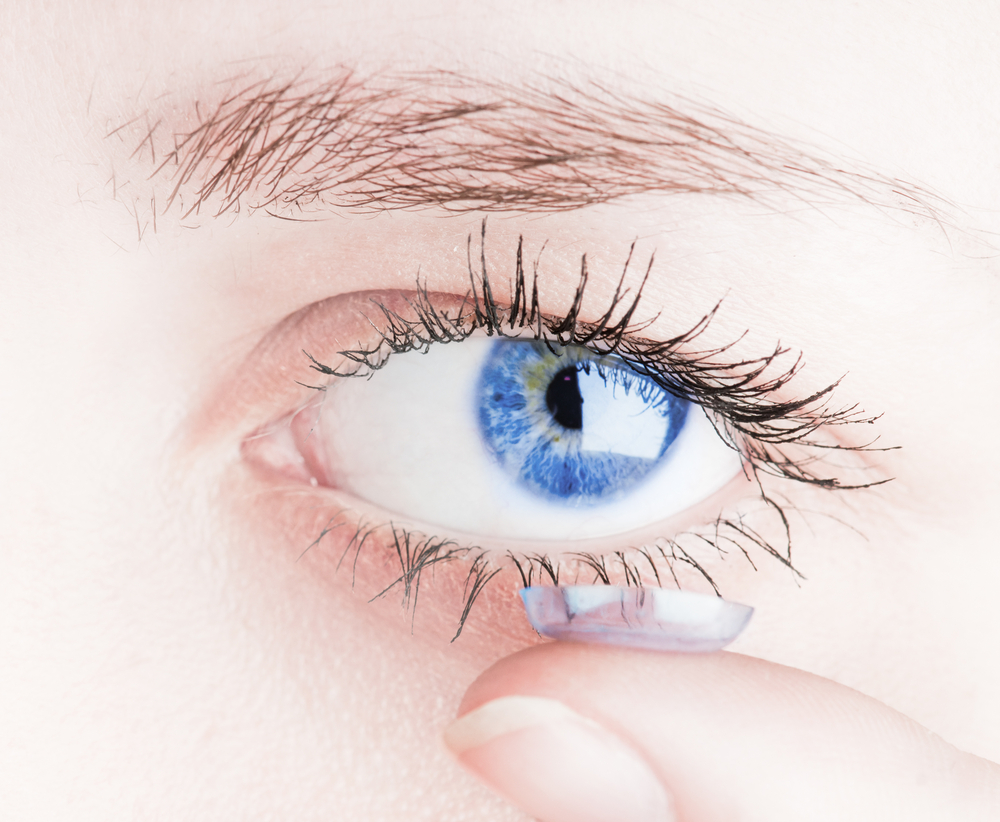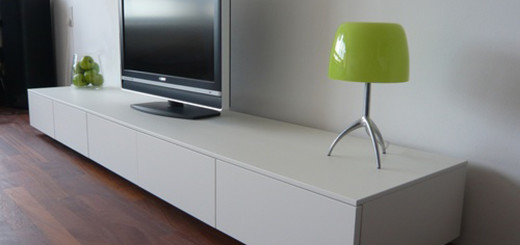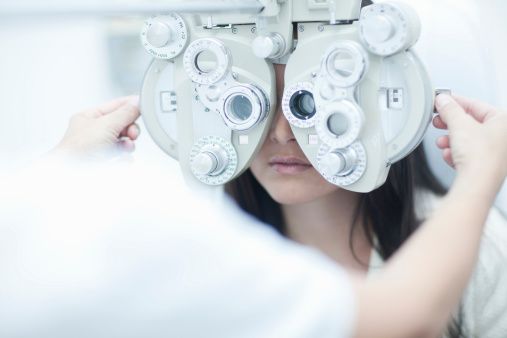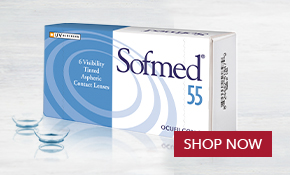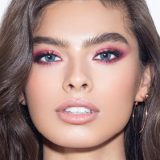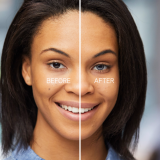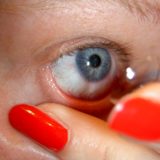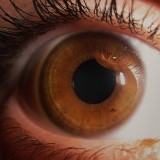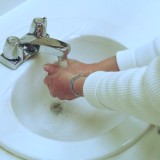Contacts 101
If you are thinking about trying contact lenses, I’d encourage you to go for it! But, I know from experience that when you are first transitioning to contacts there are some choices to be made and, if you are like me, you may not know where to begin!
So, today I wanted to give you some of the basics so you are prepared to talk to your optometrist about making the switch to contacts.
First, there are two main ways that contact lenses can be characterized. The first, the one I want to give you the scoop on today, is called the type of “wear.” Wear describes how long you can leave in the contacts and/or how frequently you will need to replace them.
Disposable Contacts
At America’s Best, disposable contact lenses are the most highly-recommended lens type. I love my disposables because they are so easy to care for. Because they are replaced often, you reduce the risk of infection and get to experience a fresh, new lens regularly. That “new lens” feeling is great for your vision — the world is clean, clear and bright looking!
Daily Wear Contacts
The other popular option in contact lenses is referred to as daily wear contacts. These lenses must be worn only for one day at a time and cleaned (overnight most often) between use. The biggest advantage to this type of lens is that you can often go for six months or a little longer without having to replace them. This can be cost effective. But, there is also more risk involved with these lenses getting lost or tearing because of how frequently they have to be handled.
Extended Wear Contacts
Also available are extended wear soft lenses. They are thinner and more oxygen-permeable so you can wear them overnight sometimes. (But, only with your doctor’s approval and supervision.) These are not to be confused with programmed (or frequent) replacement lenses that are worn every day and then throw away after a month or a few months of wear.
Gas Permeable Lenses
The final lens type is gas permeable lenses. These lens are harder and made of a more durable, but still breathable, silicon-based plastic. Although these lenses take a bit longer to adjust to, they are often the best choice for patients with certain vision problems including astigmatism.
Not sure which type of wear is right for you? Talk to your optometrist at your closest America’s Best retailer. He or she can help you choose a lens based on your vision correction needs and your lifestyle and habits.

